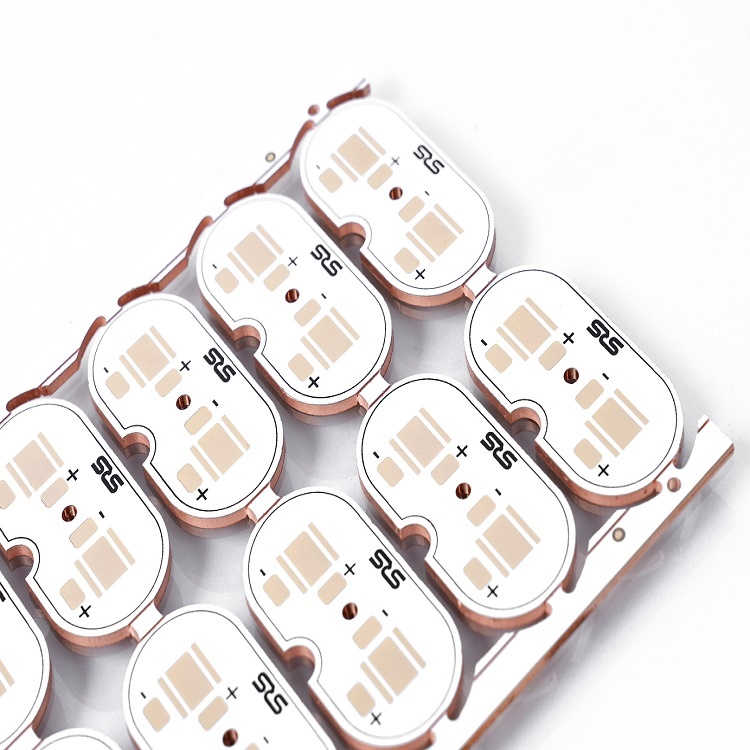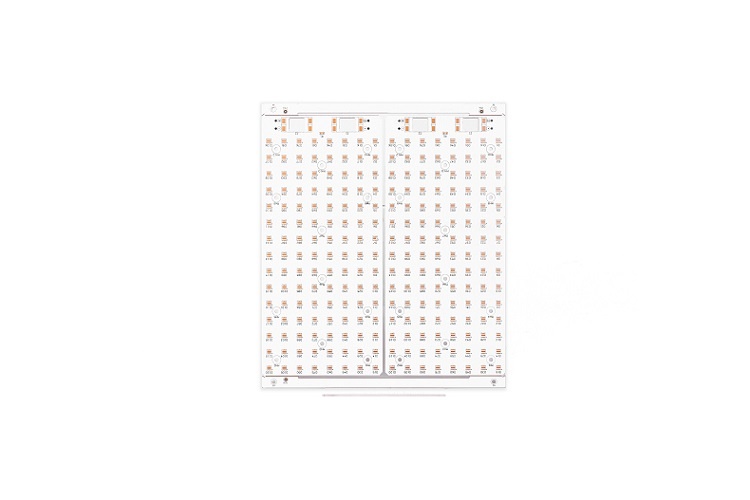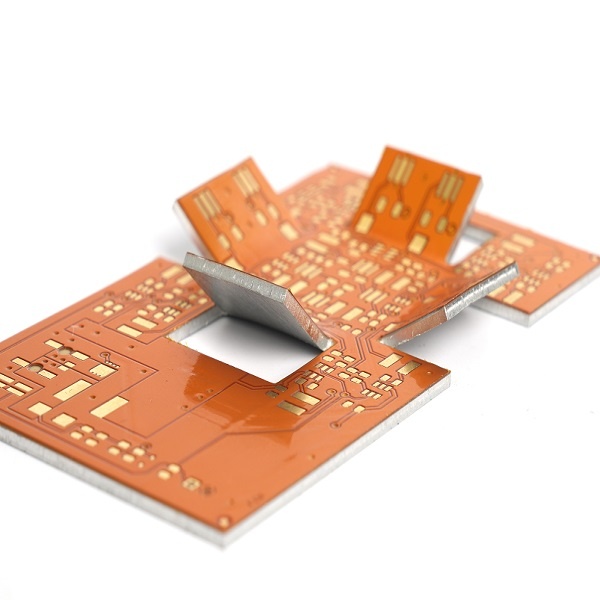What Materials Are Commonly Used for Manufacturing Lighting PCBs?
- Views
- 17 May 2024
Lighting PCBs play a crucial role in various applications, particularly in LED lighting, where their performance can significantly impact efficiency, longevity, and overall quality. Selecting the right materials for manufacturing lighting PCBs is essential to ensure optimal performance and durability. This blog explores the common materials used in lighting PCBs and our lasted new products in this field.
What are the most commonly used materials for lighting PCBs?
At present, the most commonly used materials for lighting PCBs include FR-4, aluminum, and copper.
FR-4, a fiberglass-reinforced epoxy laminate, is known for its good mechanical strength and electrical insulation properties. But nowadays, with the development of the technology, it is most common to use as a normal rigid PCB to provide standard electricity functions instead of lighting PCB.
Aluminum PCBs, it is a most cost-effective and popularity material for the lighting applications. Because it has good thermal conductivity and light-weight properties than FR4 material. Generally speaking, an aluminum core PCB has around 0.7-3W/m.k conductivity while FR-4 only has 0.3-0.4W/m.k value.
Copper materials always used in PCB traces or as the base core in a metal core PCB. It has better thermal conductivity than aluminum ones, enable to 400W/m.k if use thermoelectric separation technology. With so high thermal conductivity, it can ensure the efficient power delivery and signal integrity in high power application, like automotive, electric vehicles, etc.

Why is aluminum a popular choice for LED lighting PCBs?
Among the three types of materials used for LED lighting devices, aluminum is the most popular choice. High-power LED applications generate significant heat, which can adversely affect performance and lifespan if not managed properly. Aluminum's ability to effectively dissipate heat ensures that LEDs operate within safe temperature ranges, enhancing their efficiency and longevity. Here are some benefits of using aluminum PCBs:
l Good heat dissipation
The primary factor that makes aluminum popular is its excellent heat dissipation properties. Aluminum can meet almost all thermal management requirements of lighting applications, ensuring that the heat generated by the LEDs is effectively dissipated.
l Light weight and easy to install
Compared with copper core PCBs, aluminum offers the advantage of being lightweight. This reduces the overall weight of the entire product, making it easier to handle and install. Additionally, some aluminum materials such as 6061 can be made into bendable PCBs, allowing them to be used in devices with small and limited space.
l Cost-effective
Aluminum PCBs are more cost-effective than their copper counterparts, making them an affordable option for designers and buyers alike.
l Widely applications
Aluminum PCB has wide applications from consumer electronics, educations, automotive to industrial control. They can be used in low to mid-power applications, making them the go-to-choice for standard lighting PCBs that do not require the high-power capabilities of other materials.

How does FR-4 material compare to other PCB materials for lighting?
FR-4 is a widely used PCB material known for its good balance of performance, cost, and versatility. It offers adequate thermal and electrical insulation properties, making it suitable for many general-purpose applications. However, compared to aluminum and other specialized materials, FR-4 may not provide the same level of thermal management required for high-power LED lighting. While it is more cost-effective, its use is often limited to lower-power or less thermally demanding applications. Aluminum and copper materials are preferred when higher thermal conductivity and enhanced performance are needed.
What is the latest lighting PCBs innovation in Best Technology?
We deeply know the continuous learning and innovating is one of the ways for a company to continuously improve, so we always make ourselves in the first line of industry. Recently, our R&D team developed a new metal core PCB called semi-flexible MCPCB.
Semi-flexible MCPCBs made by flex circuit and metal core PCB (may copper or aluminum), offering a unique combination of flexibility and thermal management, making them ideal for complex designs where traditional MCPCB cannot achieved. This new product allows for better heat dissipation and mechanical flexibility, which are essential for modern lighting solutions that requires bendable and flexibly. You are welcome to contact us for more information about semi-flexible MCPCB.

All in all, choosing the right materials for lighting PCBs is crucial for ensuring the efficiency, reliability, and longevity of lighting solutions. At Best Technology, we are committed to providing high-quality lighting PCBs using the best materials available. Our expertise and dedication to customer satisfaction make us the ideal partner for all your lighting PCB needs. Contact us today to learn more about how we can support your projects with our advanced PCB solutions.
Lighting pcbs, led light pcb, aluminum pcb, copper core pcb, pcb manufacturing, metal core pcb, mcpcb manufacturing,
Related Blog
- What is Thermal and Electrical Separating Pad in Metal Core PCB?
- LED PCB Assembly Process: Step-by-Step Guide for Beginners
- Why Always Recommend White Solder Mask Black Silkscreen for Aluminum PCB?
- What Materials Are Commonly Used for Manufacturing Lighting PCBs?
- Everything You Should Know About Metal Core Circuit Board
- What Are the Differences Between Ceramic PCB, Metal Core PCB And Standard FR4 PCB?
- Why Choose Best Technology As Your MCPCB Manufacturer?
- What is LED Light Circuit Board and How to Make it?
- When is International Labour Day in 2024 and What are the Significances of It?
- How Does A Convexity Comes Out On Thermoelectric Separation Copper Based PCB?
- Why is Aluminum LED PCB Important for Indoor Growth Lights?
- Application of Metal Core Pcbs in the Development of LED Technology
- Why Choose White Solder Mask for Metal core PCB When Used In LED Devices?
- Understanding Aluminum LED PCBs in 1000w LED Grow Lights
- What Are the Advantages of Metal Core PCB? How to Choose?
- Automotive Light Copper Core Pcb Production Process—testing
- Why Are Metal Core PCBs, Especially Copper Core, Used In Heat-Sensitive Electronics?
- How do aluminum LED PCBs improve LED efficiency?
- What Are the Differences Between Regular and Thermoelectric Separation Copper-Base PCBs?
- Aluminum PCB VS FR-4 Performance Comparison



